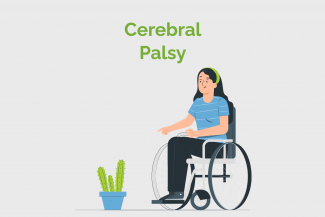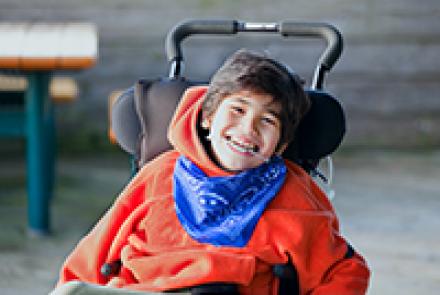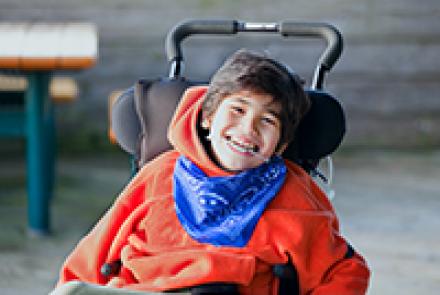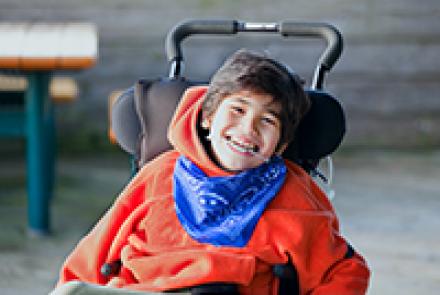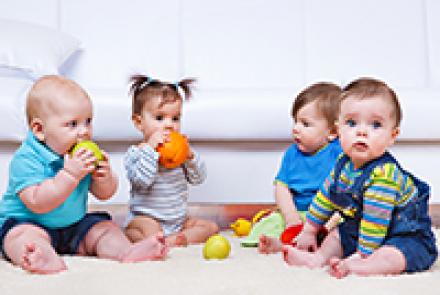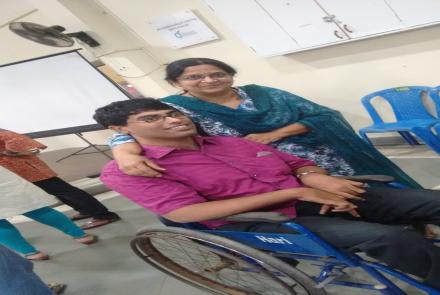Cerebral Palsy is a birth-related disorder that affects the brain and nervous system. The nerve damage causes difficulties in the child’s movement, coordination, posture and ability to walk. It can also affect speech, cognitive ability, vision, and cause epilepsy.

What are the risk factors for cerebral palsy?
Congenital (at birth) cerebral palsy risk factors include:
- Low birth weight
- Premature birth
- Multiple births (It can be twins, triplets or more)
- Infertility treatments undergone by parents
- Infections during pregnancy
- Jaundice
- Birth complications
- Medical condition of mother
Acquired (after birth) cerebral palsy risk factors include:
- Brain infections
- Injury
Community
Condition

